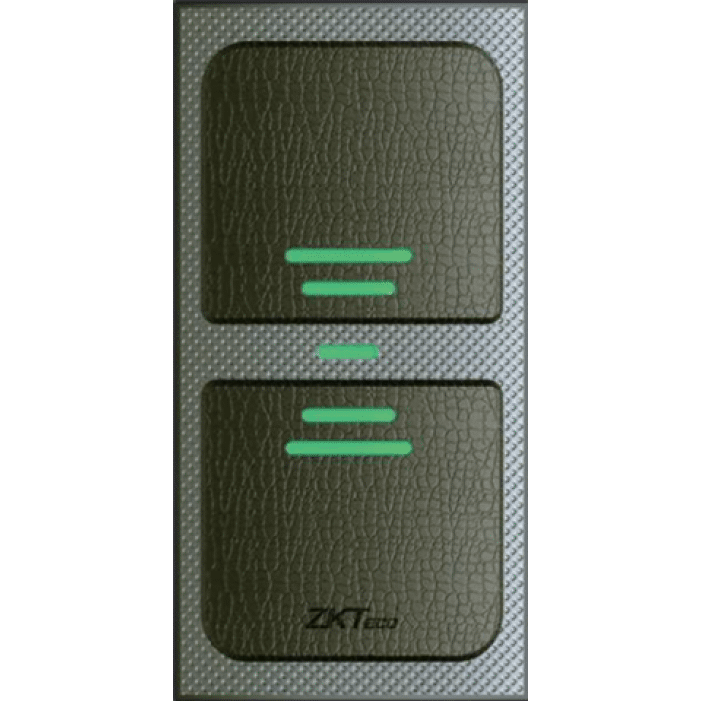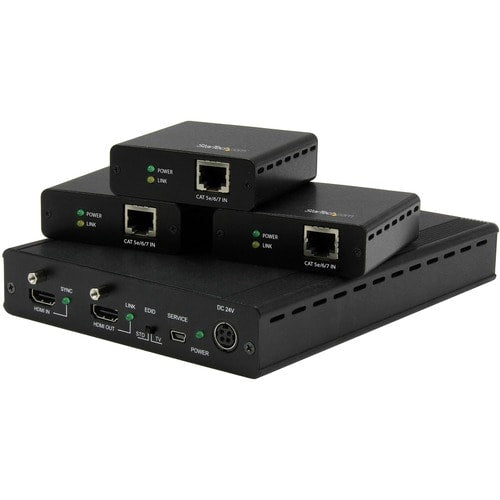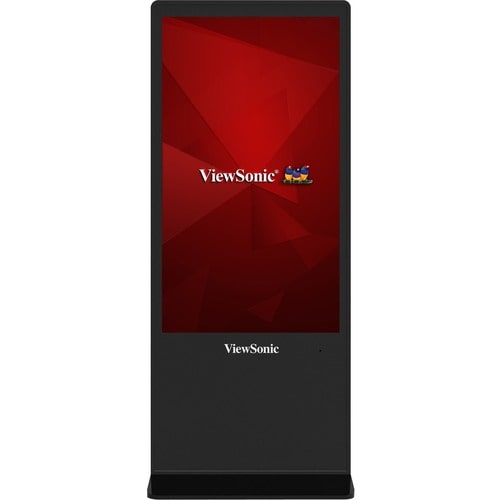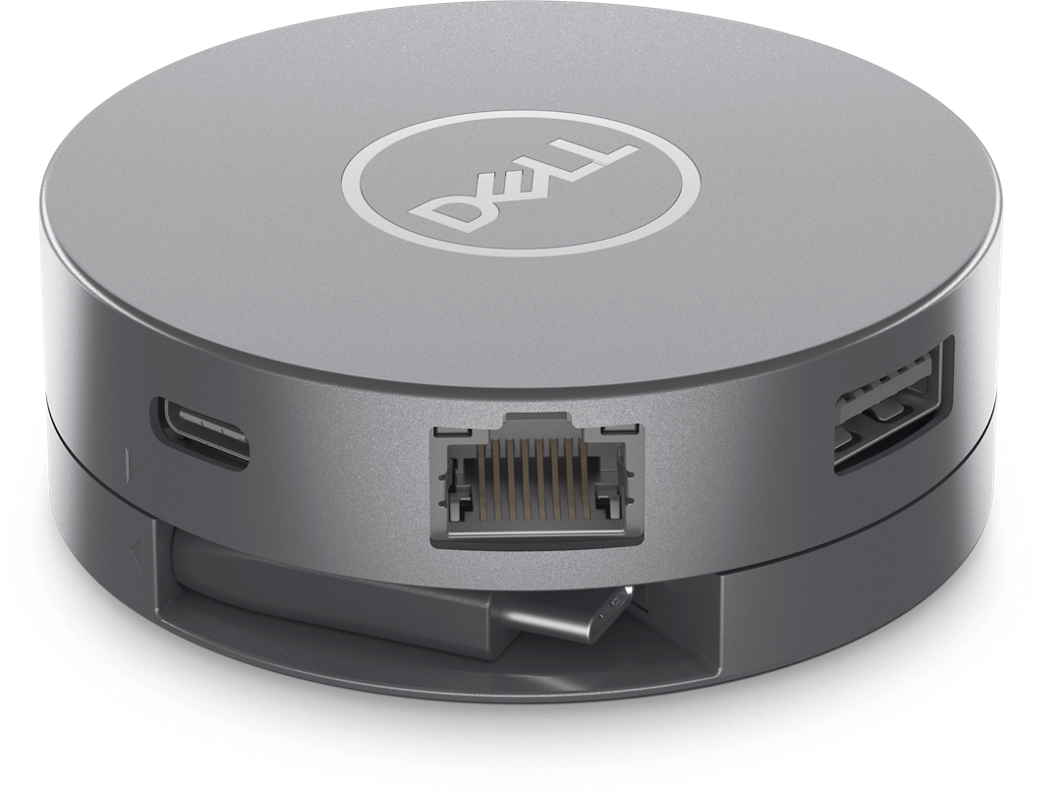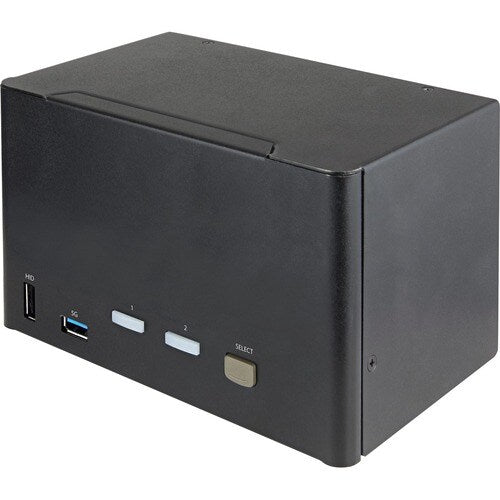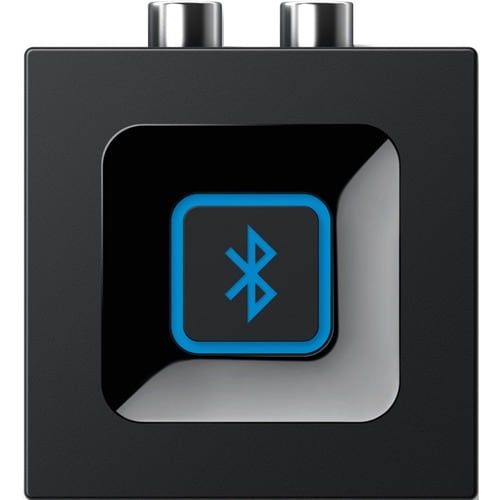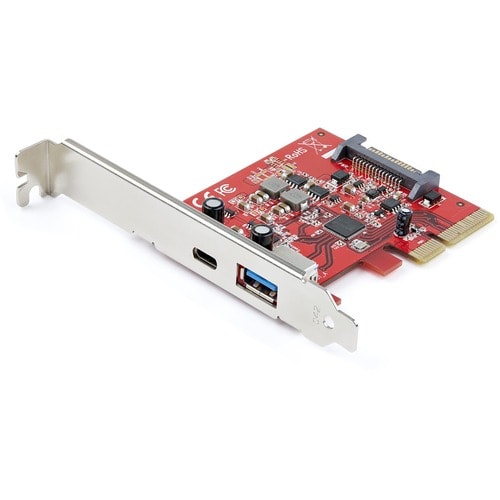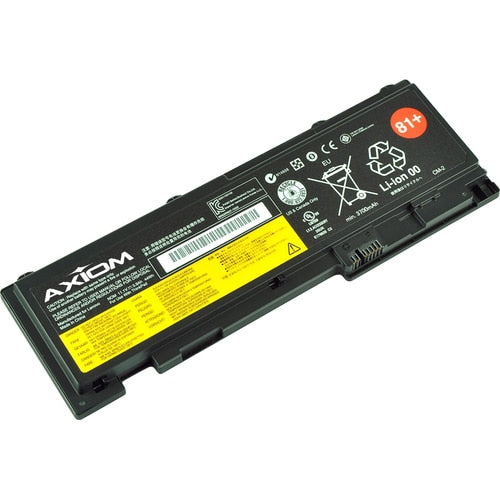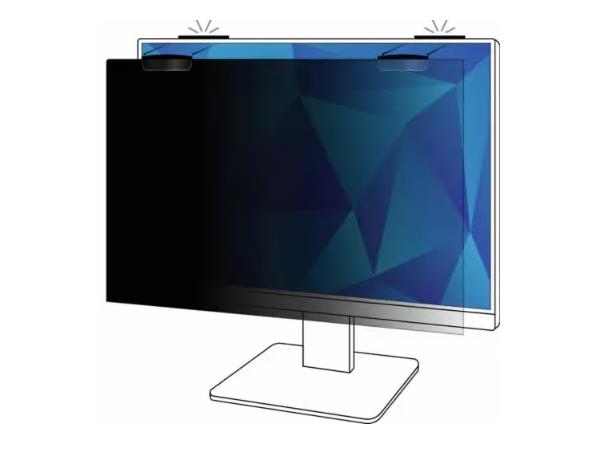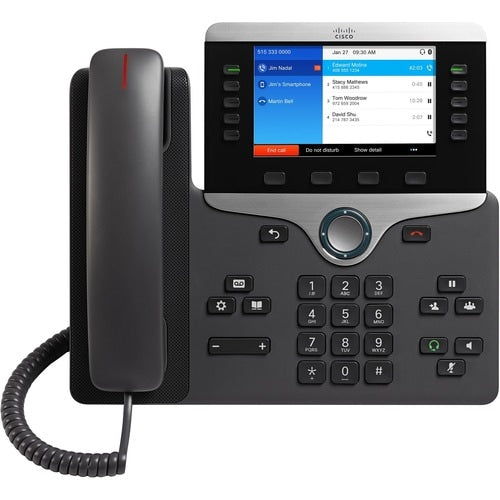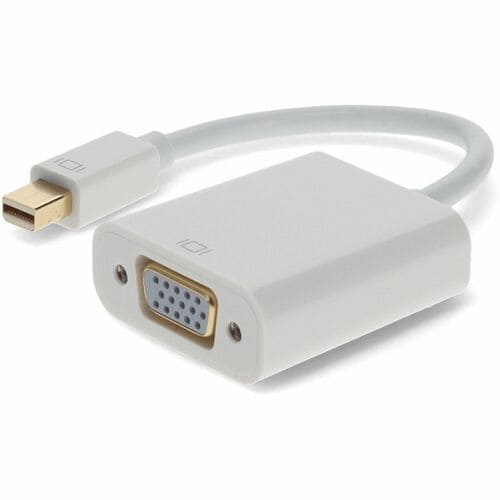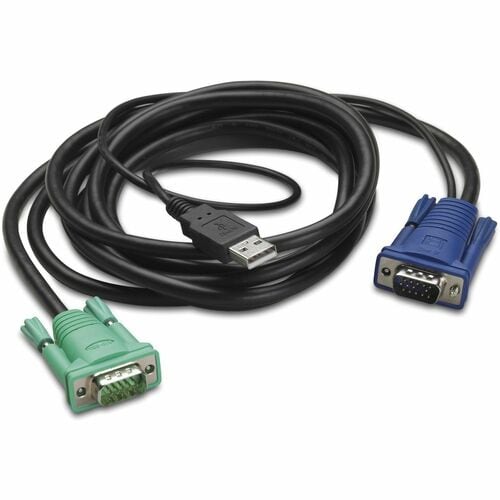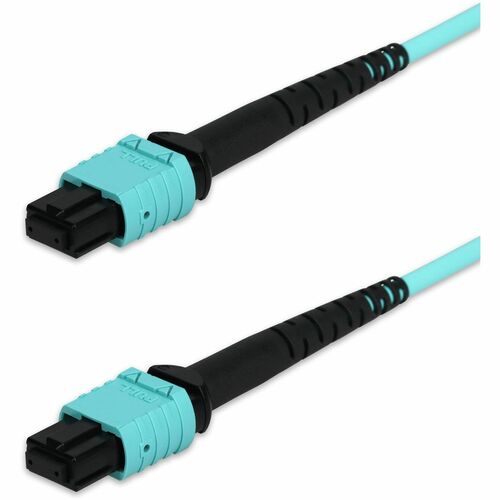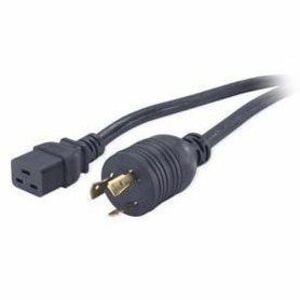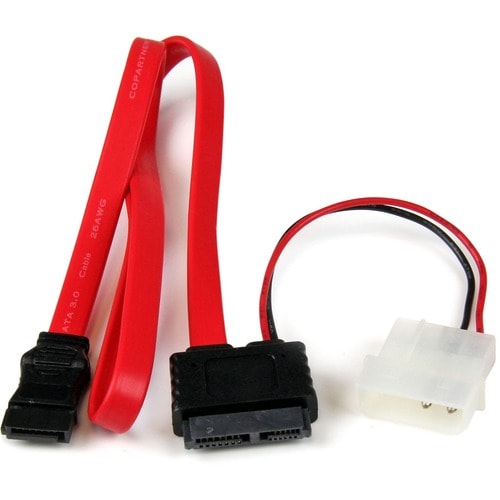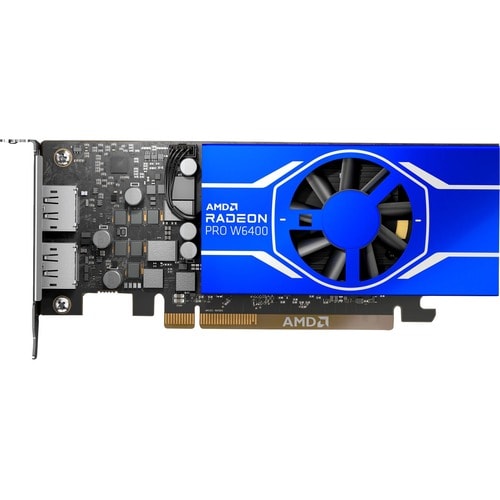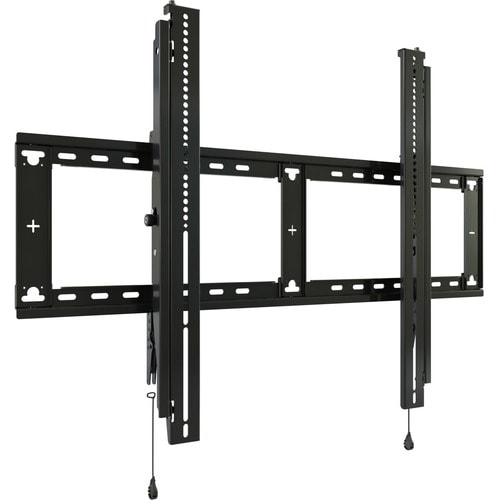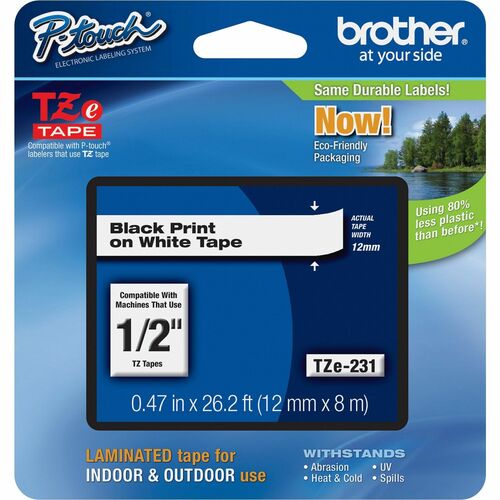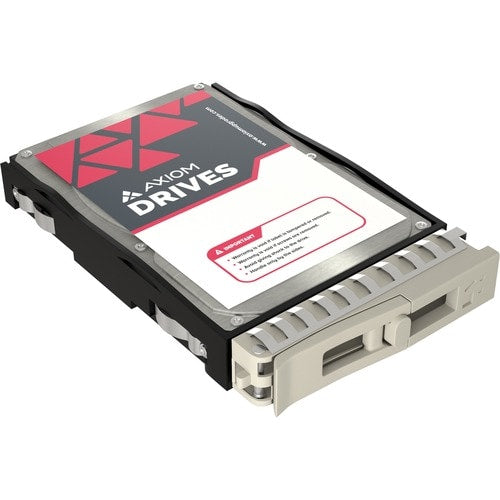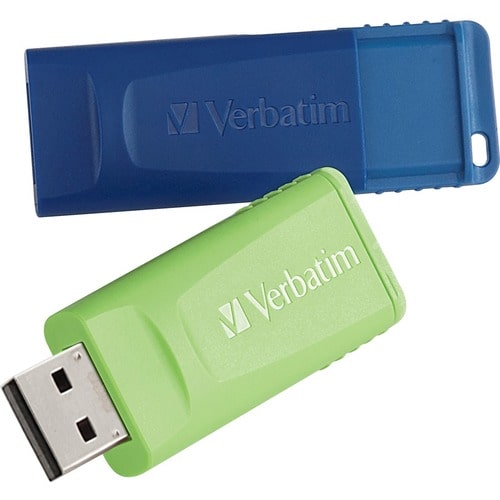Transformation numérique
Mondialisation - connecter et intégrer

Meilleur
Services gérés, espace de travail numérique, nous couvrons l'ensemble du cycle de vie des infrastructures modernes, de la conception et de la mise en œuvre à l'optimisation et à la gestion.
Nous proposons des services gérés pour la modernisation continue, la sécurité et l'administration, notamment :
- Soutien aux entreprises
- Adoption gérée
- Point de terminaison géré
- Collaboration gérée
- Office 365® géré
- Sécurité gérée pour la conformité
- Adoption et gestion du changement de l'infrastructure de bureau virtuel gérée (VDI)
- Conception architecturale
- Évaluations et bilans de santé
- Configuration et implémentation
- Ateliers de feuille de route
Transformation numérique
Partagez des informations sur votre marque avec vos clients. Décrivez un produit, faites des annonces ou accueillez vos clients dans votre magasin.
Partagez des informations sur votre marque avec vos clients. Décrivez un produit, faites des annonces ou accueillez vos clients dans votre magasin.
Partagez des informations sur votre marque avec vos clients. Décrivez un produit, faites des annonces ou accueillez vos clients dans votre magasin.
Approche progressive de la numérisation
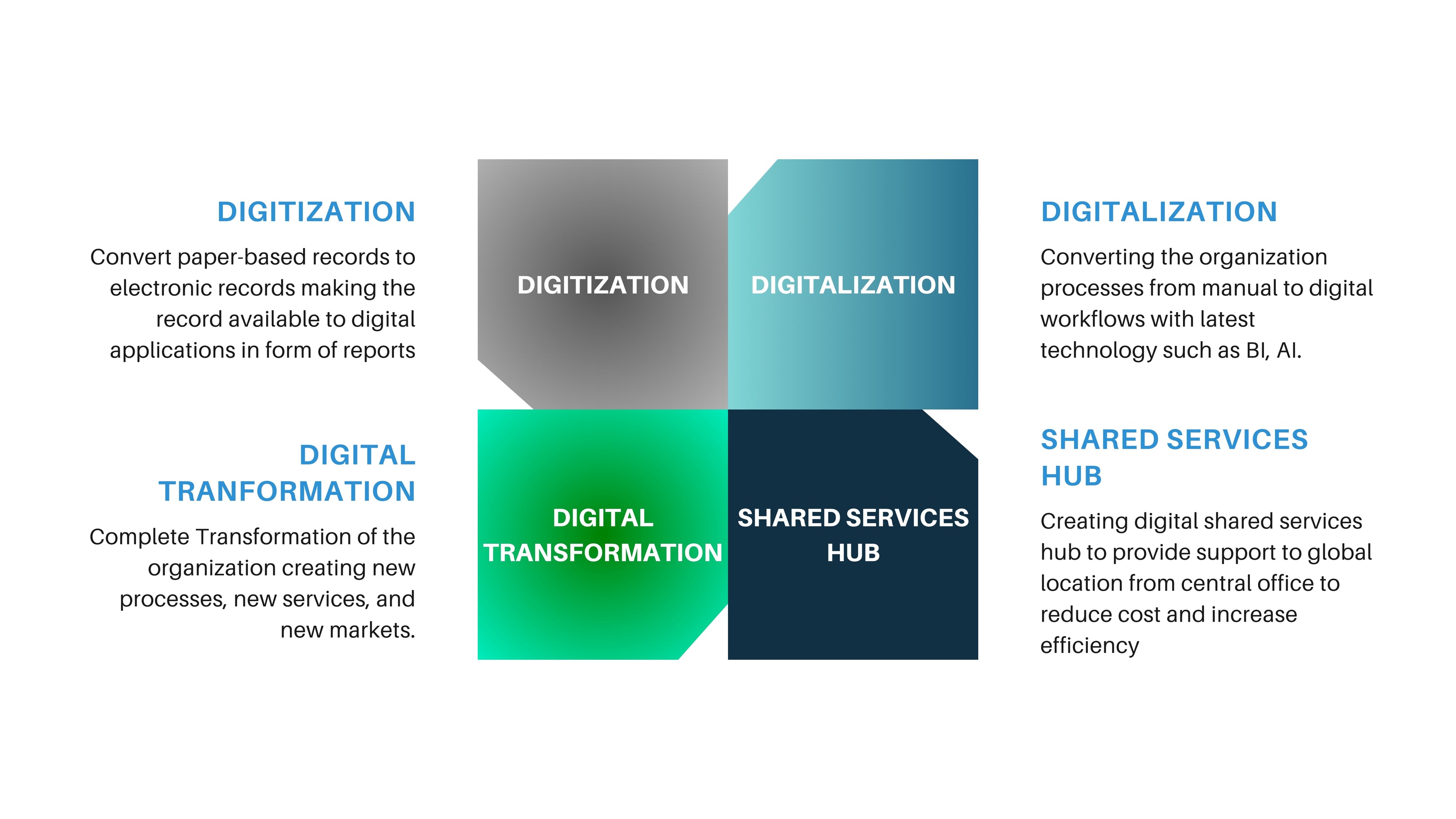
Étape 1
Dans le cadre de ce processus, il est essentiel de documenter les plans stratégiques et les opérations de l'entreprise et de les comparer aux meilleures pratiques internationales. Cette analyse vise à établir un tableau de bord de la transformation. Elle implique toutes les parties prenantes pour identifier leurs besoins, notamment les équipes des services financiers, commerciaux, marketing et de développement produit, ainsi que celles des ateliers et des entrepôts. Toutes vos équipes disposeront d'informations précieuses sur les moyens d'optimiser le fonctionnement de votre entreprise. Que vous utilisiez une matrice de décision ou des tables rondes traditionnelles, veillez à ce que votre stratégie ne soit pas exclusivement pilotée par vos dirigeants et votre service informatique, car vous passeriez à côté de considérations essentielles et ne parviendriez pas à optimiser l'efficacité de votre transformation numérique.
Étape 2
Une transformation numérique réussie passe par un changement culturel, et une culture d'entreprise tournée vers l'avenir ne peut être assurée que par une approche descendante. Sans cette étape, vous risquez de fragmenter votre stratégie, chaque service tirant dans une direction différente, ce qui ralentit la progression globale et gaspille des ressources précieuses. Par conséquent, chaque dirigeant doit être impliqué dès le départ afin de promouvoir l'adoption au sein de ses équipes. Après tout, chaque service de votre organisation en bénéficiera à long terme.
Cette étape doit également prendre en compte la planification financière. Avant d'étudier les systèmes et d'envisager des changements de processus, votre équipe de direction devra convenir des dépenses que votre entreprise est prête et capable d'engager pour ce projet, des dépenses d'investissement aux coûts récurrents. N'oubliez pas que si la transformation numérique est un investissement, c'est aussi un processus continu ; vous pouvez donc étaler les coûts sur plusieurs années.
Étape 3
Les discussions sur l'automatisation, l'IA et les nouvelles technologies peuvent inquiéter les collaborateurs qui appréhendent le changement. Obtenir l'adhésion de l'équipe peut sembler moins crucial que de lancer le nouvel outil le plus performant du marché, mais croyez-nous, il ne faut pas le négliger. Dès le début de votre parcours, vous devez prendre le temps de rassurer vos collaborateurs, d'écouter leurs préoccupations et de leur démontrer les avantages de cette initiative, non seulement pour l'entreprise, mais aussi pour eux.
Si chacun estime que la vision est réalisable et utile, elle a plus de chances de réussir. Vous simplifierez la gestion du changement, garantirez une adoption plus rapide et maximiserez la réalisation des bénéfices. Dans le cadre de cette étape, vous pouvez également identifier des accélérateurs numériques ou des super-utilisateurs capables de promouvoir et de former leurs équipes, assurant ainsi une formation adéquate des autres membres de l'équipe et recueillant des retours d'expérience au fur et à mesure de l'avancement de vos initiatives.
Étape 4
Maintenant que tout le monde est pleinement impliqué, il est temps de décider qui sera directement impliqué dans vos projets. Idéalement, vous constituerez une équipe pluridisciplinaire, comprenant des managers et des collaborateurs des services financiers, opérationnels et informatiques. Avec les bonnes personnes à bord, vous pourrez garantir que le parcours de transformation numérique de votre entreprise soit adapté à vos opérations, à votre environnement commercial et à vos objectifs.
Bien sûr, vous devrez trouver le juste équilibre entre consacrer suffisamment de ressources à la réussite de votre initiative et conserver suffisamment de personnel à leur poste habituel pour assurer la continuité de l'activité. Cela peut impliquer de recruter de nouveaux collaborateurs ou de faire appel à des consultants externes ; il faudra donc en tenir compte dans toute planification budgétaire.
Identifier les solutions clés
Identifiez précisément les solutions numériques dont votre entreprise a besoin. Si votre secteur d'activité et votre structure organisationnelle influencent ce choix, les difficultés et les objectifs définis à l'étape 1 doivent façonner votre infrastructure technologique idéale. Des ERP et PLM aux logiciels de gestion des actifs d'entreprise (EAM) et aux outils de business intelligence (BI), vous devrez identifier les éléments logiciels qui répondent aux besoins de votre entreprise.
Lors de l'évaluation des systèmes à cette étape, privilégiez deux caractéristiques importantes : les options de déploiement cloud et les fonctionnalités spécifiques à votre secteur. Les logiciels cloud offrent de nombreux avantages, notamment une cybersécurité renforcée, une mise en œuvre plus rapide, une plus grande évolutivité et une plus grande accessibilité. De plus, choisir des systèmes spécialisés, conçus pour votre secteur, vous permet de résoudre vos problèmes spécifiques immédiatement, sans personnalisations coûteuses ni solutions de contournement complexes.
Schéma de mise en œuvre
À cette étape, nous atténuons le risque de problèmes inattendus. Mais rassurez-vous, la transformation numérique n'est pas un événement unique et définitif. C'est un processus en constante évolution.
Nous élaborons un plan stratégique qui décrit les différentes procédures à mettre en œuvre et les changements à apporter, en tenant compte de toutes les exigences, des redondances et des imprévus. Nous nous demandons s'il y a des décisions physiques ou liées aux processus à prendre avant la mise en œuvre de certains systèmes. Par exemple, si nous cherchons à tirer parti de l'accessibilité d'un logiciel ERP pour favoriser le télétravail, notre personnel dispose-t-il du matériel nécessaire ?
Préparez-vous, partez, lancez-vous
Nous adaptons les dernières technologies aux processus métier et obtenons l'avantage ciblé. Nous testons la technologie en environnement de test, personnalisons et ajustons les valeurs aberrantes et en discutons avec les équipes de direction. Cette phase aboutit à la finalisation de la mise en œuvre et du changement.
Mise en œuvre
Nous mettons en œuvre la dernière étape de la transition vers des processus métier en temps réel, intégrons les systèmes et définissons les flux et routines globaux. Nous suivons de près les processus et nous assurons que tout fonctionne comme prévu.
Gestion du changement
Nous offrons un soutien continu à l'organisation, des formations et une gestion complète du changement. Nous garantissons 100 % d'interruption des processus organisationnels et documentons les résultats de la transformation.
Principaux livrables
-

Rendre consultable
Associez du texte à une image pour mettre en valeur le produit, la collection ou l'article de blog de votre choix. Ajoutez des informations sur la disponibilité, le style ou même un avis.
-

Accès mondial 24h/24 et 7j/7
Associez du texte à une image pour mettre en valeur le produit, la collection ou l'article de blog de votre choix. Ajoutez des informations sur la disponibilité, le style ou même un avis.
-

Créer une relation
Associez du texte à une image pour mettre en valeur le produit, la collection ou l'article de blog de votre choix. Ajoutez des informations sur la disponibilité, le style ou même un avis.
Explorer par catégorie
Nos services

Devenez notre partenaire
Racontez l'histoire de votre marque à travers des images

Éthique et intégrité des affaires
Racontez l'histoire de votre marque à travers des images

Cohérence et performance ciblée
Racontez l'histoire de votre marque à travers des images

Vision partagée et succès partagé
Racontez l'histoire de votre marque à travers des images

Confidentialité et sécurité
Racontez l'histoire de votre marque à travers des images
Multicolonne
-

Colonne
voir plusConcevoir et construire des espaces de travail, des salles de conférence et des salles de réunion
-

Colonne
Voir plusNumérisation, conservation des données, automatisation, applications de développement
-

-

Colonne
Voir plusService informatique géré, services d'assistance, serveurs, postes de travail et réseaux
-

Colonne
Voir plusÉvaluation, approvisionnement et personnalisation des appareils de nouvelle génération
-

Collection en vedette
-
APC by Schneider Electric EcoStruxure IT Advisor + Capacité + Changement - Abonnement
Fournisseur :APC by Schneider ElectricPrix habituel $136,500.00 CADPrix habituelPrix unitaire / par -
APC by Schneider Electric EcoStruxure IT Advisor + Capacity - Licence d'abonnement
Fournisseur :APC by Schneider ElectricPrix habituel $33,500.00 CADPrix habituelPrix unitaire / par -
APC by Schneider Electric EcoStruxure IT Expert Access - Licence d'abonnement -
Fournisseur :APC by Schneider ElectricPrix habituel $14,410.00 CADPrix habituelPrix unitaire / par -
APC by Schneider Electric EcoStruxure IT Expert Access - Licence d'abonnement -
Fournisseur :APC by Schneider ElectricPrix habituel $3,090.00 CADPrix habituelPrix unitaire / par




